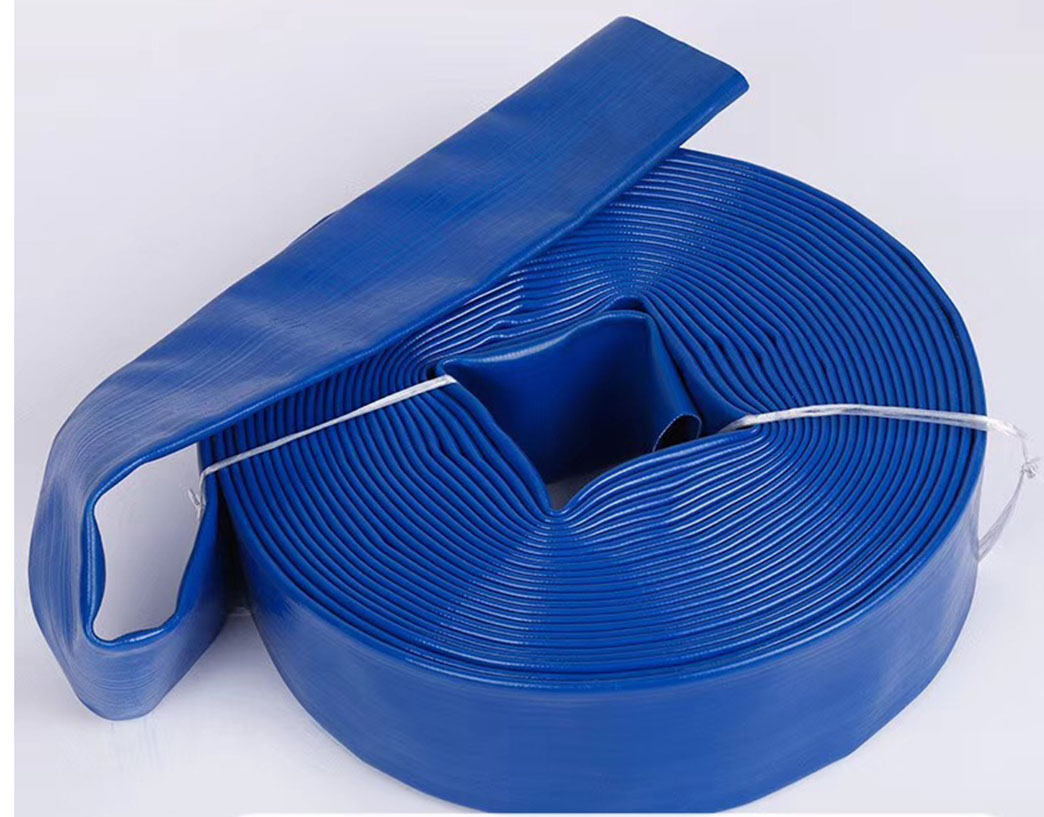Choosing the Right Hose for Effective Fire Hydrant Use
The Importance of Fire Hoses for Fire Hydrants
Fire safety is a cornerstone of urban infrastructure, and at the heart of this safety network are fire hydrants and the hoses used to connect them to fire engines. A fire hose, designed specifically for handling high-pressure water, plays a pivotal role in firefighting operations. This article will explore the significance of fire hoses in relation to fire hydrants, detailing their functions, types, and maintenance principles to ensure peak performance during emergencies.
The Role of Fire Hoses
When a fire breaks out, rapid response is critical. Fire hydrants serve as critical access points to municipal water systems, allowing firefighters to quickly obtain the water necessary to extinguish flames. However, the link between the hydrant and the fire engine is essential, and it is the fire hose that makes this connection possible. Fire hoses are specifically engineered to withstand high pressures that may exceed 250 psi (pounds per square inch) during firefighting operations. Their main function is to transport large volumes of water from the hydrant to the fire scene, providing firefighters with the necessary tools to combat flames efficiently.
Types of Fire Hoses
There are several types of fire hoses, each designed for specific applications
. The most common types include1. Attack Hoses These are used to direct water to the fire. They are lightweight, flexible, and constructed to handle high pressure, allowing firefighters to maneuver them quickly in challenging situations. Common sizes range from 1.5 inches to 3 inches in diameter.
2. Supply Hoses These hoses are larger in diameter, typically ranging from 3 inches to 6 inches. They are used to connect hydrants to pumping apparatus, delivering substantial volumes of water at lower pressures. Supply hoses ensure a steady and adequate supply of water to the fire scene, a critical factor in firefighting.
3. Jacketed Hoses These hoses have an additional protective cover that enhances durability and resistance against abrasions and punctures. They are particularly effective in rough terrains or environments with sharp objects.
fire hose for fire hydrant

4. Wildland Hoses Specifically designed for wildland firefighting, these hoses are lighter and often more flexible, making them ideal for direct firefighting in forested or brush areas.
Maintenance of Fire Hoses
Ensuring that fire hoses remain in optimal condition is crucial for reliable emergency response. Regular maintenance practices include
- Inspection Fire hoses should be thoroughly inspected after each use, looking for signs of wear, abrasion, or leaks. The National Fire Protection Association (NFPA) recommends a detailed inspection process that includes checking couplings, gaskets, and the hose itself for any damage.
- Cleaning Hoses must be cleaned after use to remove dirt, soot, and chemicals that could negatively impact their performance. A simple rinse with water is often sufficient, followed by drying to prevent mold growth.
- Storage Proper storage prevents damage. Hoses should be coiled correctly and stored in a cool, dry place away from direct sunlight. This helps preserve their material integrity and extends their lifespan.
- Testing Regular pressure testing is essential for ensuring that hoses can withstand the pressures they will encounter during emergencies. NFPA guidelines recommend testing fire hoses annually.
Conclusion
Fire hoses are an indispensable part of the firefighting toolkit, acting as the vital link between fire hydrants and emergency response teams. Their various types, tailored for specific functions, enable firefighters to effectively combat fires in different situations. However, the importance of maintenance cannot be overstated; regular inspections, cleaning, proper storage, and testing are paramount to ensuring that these tools operate effectively when needed most. As communities continue to face the threat of fire, understanding the essential role of fire hoses in conjunction with hydrants is crucial for enhancing fire safety and preparedness. By investing in proper equipment and maintenance practices, we ensure that our firefighting forces are always ready to protect lives and property.
-
PVC Suction Hoses: Flexible, Durable Fluid Transfer SolutionsNewsAug.28,2025
-
Advanced Corrugated Pvc Hose Technology for Modern Industrial NeedsNewsAug.22,2025
-
Premium Fire Water Hose Solutions for Global IndustriesNewsAug.22,2025
-
Industrial Suppliers Guide to Premium Double Welding Hose SolutionsNewsAug.22,2025
-
Premium PU Pneumatic Hose Solutions for Industrial ApplicationsNewsAug.22,2025
-
Wholesale PVC Garden Hose China Solutions for Global BuyersNewsAug.22,2025














